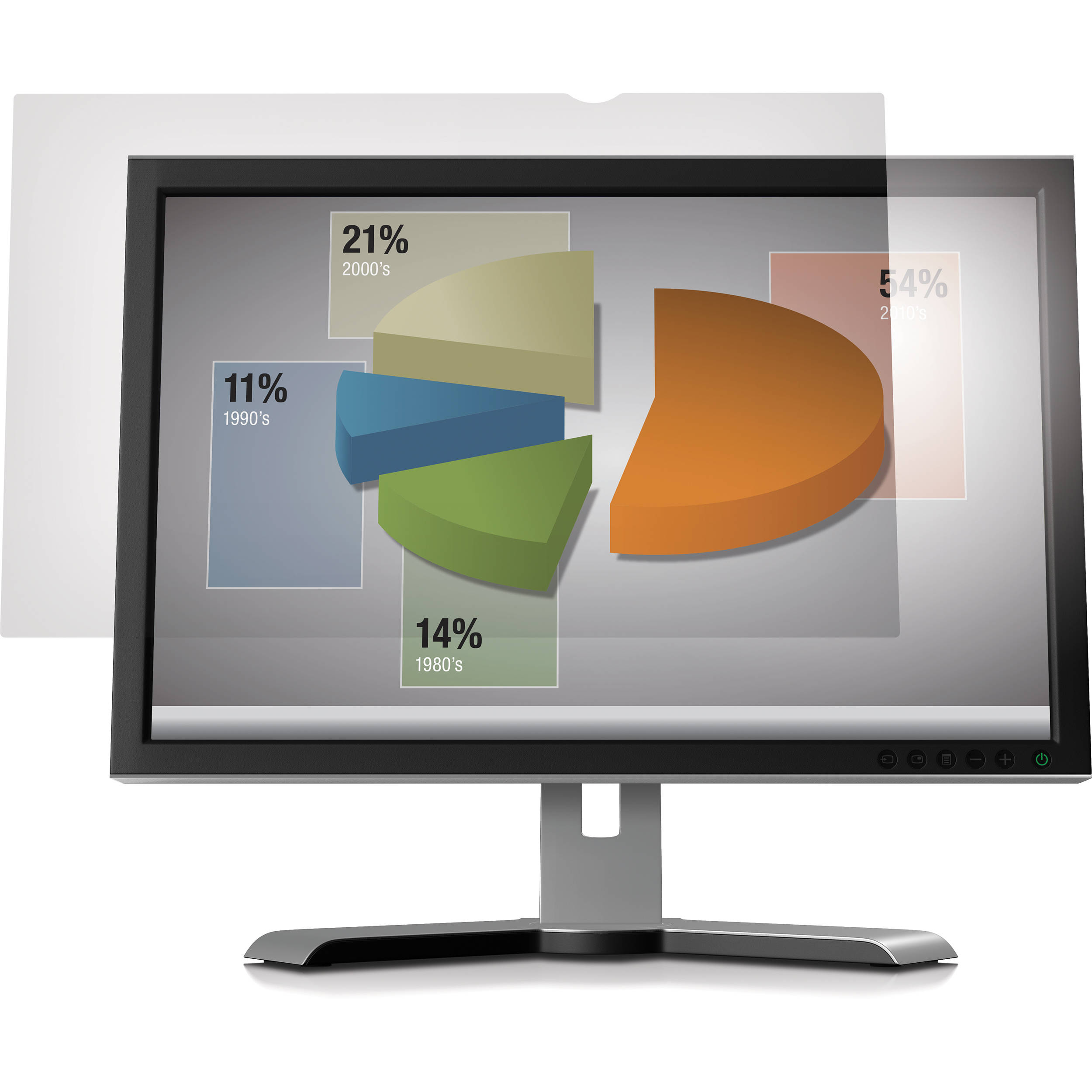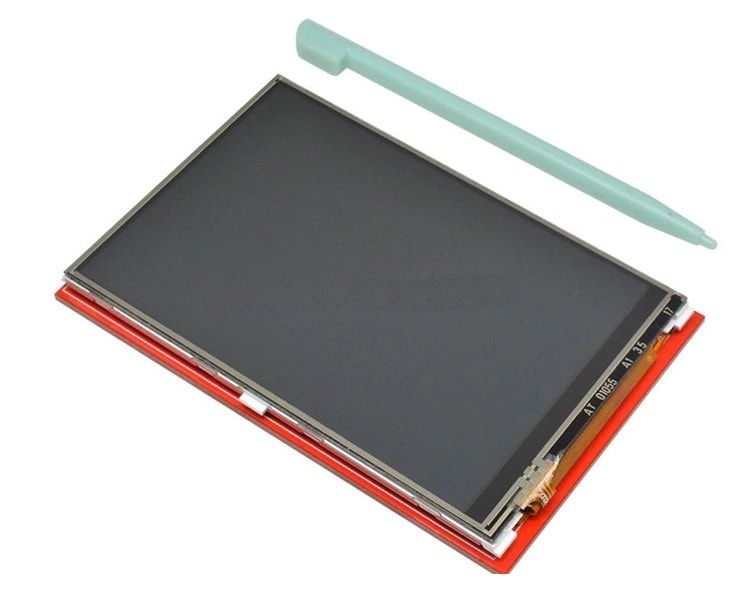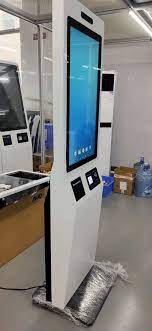How to Choose the Right Components for Your Touch Display Module?
Understanding the necessary guidance for your display module is essential when you have so much variety
With the rise in technological innovation, there is much improvement and variety in the display touch module. It includes a TFT LCD, FSTN LCD, and TN LCD. With such variety, we now have a multitude of display variations for our daily needs.
LCD units play a significant role in our daily lives. We have developed a habit of using these LCDs either by swiping, touching, pinching, or zooming. With this practice, it has become our accustomed habit to use touch displays on mobile phones or tablets.
The display devices are everywhere. Whether you are using ATMs, navigating the map on your mobile phone, or using the display unit on your car's dashboard, it has now become a reality that virtually every other industry is using these display units. Below is the guidance on how to choose a suitable display touch module.
Why Understanding the Right Module Is Important?
With so much variety and a vast improvement in d display touch module, it isn't easy to understand the advantages of each type of display. Nowadays, this word display unit becomes a buzzword. Everyone wants to have the technology in one's hands.
However, people have very little or no idea about the technology. Also, they are unaware of its possible pros and cons. Generally, we also spend less time understanding the suitable display module for our applications. Instead, we spend more time thinking about buying one.

Some significant LCD manufacturers offer customers complete knowledge about the suitable display touch module. The necessary guidance in the wide variety of modules helps in choosing the right one. Most of the manufacturing or selling companies are providing a particular type of display modules.
They don't care about whether the required display module is best for the user or not. It happens because most companies don't study or evaluate the end-user expectation. They instead make their assumption based on what they think is best for the users.
The above assumption results in making the product under-performance and over-engineered. It also brings immense implications on products regarding the cost and design of the module. In addition to this, above all, the user experience also shatters to a great extent.
How to Buy the Right Components for Your Display Module?
There are many factors that one must keep in mind before finalizing the suitable display touch module. It includes:
Means of LCD Modes
Means of LCD modes are the foremost requirement for choosing the display touch module. Display means include three different essential module types. The means comprise reflective, transmissive, and transflective modules.
These three means describe the way the LCD illuminates in different modes. The following three means function differently from that of LED display modules. LED or OLED, or even VFDs, works by creating their light source.
However, the LCD modules require a backlight to display. It may include sunlight or artificial light, or any other integrated backlight source. This source is available in LEDs as Light-emitting diodes, which are semiconductors. The three means are:
Transmissive
The transmissive display touch module works when the backlight source passes through the LCD glass. The LCD glass functions as an optical switch. The passing light from the backlight source depends on the LCD crystals' orientation in the LCS panel. One, therefore, can turn or change the direction to ON and OFF by using an electric field. The backlight thereby appears so bright that it helps in displaying the picture very bright.
Reflective
The display touch module that uses the ambient light source rather than a backlight source is famous as reflective. The best example of a reflective display module is our digital outdoor signage units. The mode is reflective because there is a mirror installed in the system.
It lies just behind the liquid crystal display unit. The outside light passes on the LCD from the front side, reflecting from the mirror to the viewer. The technology helps in reducing power consumption as well as provides the brightest display for sunlight.

Transflective
Transflective display touch module carries the properties and characteristics of both reflective and transmissive modules displays. This unit comprises an integrated backlight as well as a reflector with a hole for each pixel.
Both function and characteristic work at the same time. It, therefore, is a compromise. The following technology helps in the reduction of power consumption.
Display Module Interfaces
The most widely used LCD screens are TFT LCD units. It now has become a norm for every other industry to use the TFT display units. These LCD modules provide high-contrast images with a broader angle and fast response time.
TFT LCDs are now at cost parity in comparison to that of the LCDs with passive display units. TFT display carries multiple interface technologies. Selecting the suitable TFT interface depends upon the size and resolution of the display. It includes:
SPI Interface
RGB Interface
MIPI-DSI Interface
LVDS Interface
MCU Parallel Interface
Choosing the Cover Lens
Selecting the right lens for the display touch module is also very important. Each lens technology functions in a unique way having specific characteristics. The custom lens includes:
AR (Anti-Reflection) Lens
In this lens surface gets a cover of a specific film or coating. The body or coating helps in the reduction of reflection. It works by canceling out a particular wavelength of light when it gets reflected by the customer.
AG (Anti-Glare) Lens
The AG lens involves a special treatment using an etching process. The lens contains a covering of a rough surface. When the light strikes the surface of the lens, it scatters back at different angles. The following phenomenon helps in reducing the clarity of the reflected image. Consequently, the user doesn't see any bright glare of the reflected light source.
AF/AS (Anti-Finger or Anti-Smudge) Lens

The AF and AS lens technology helps in reducing the left out of oils on the fingers. It reduces the ability of a lens to retain oils from the user's fingers. It happens by using the liquid chemistry process. By using the process, the technology creates a coating of oleophobic material.
For More Information, Contact Us Today!




